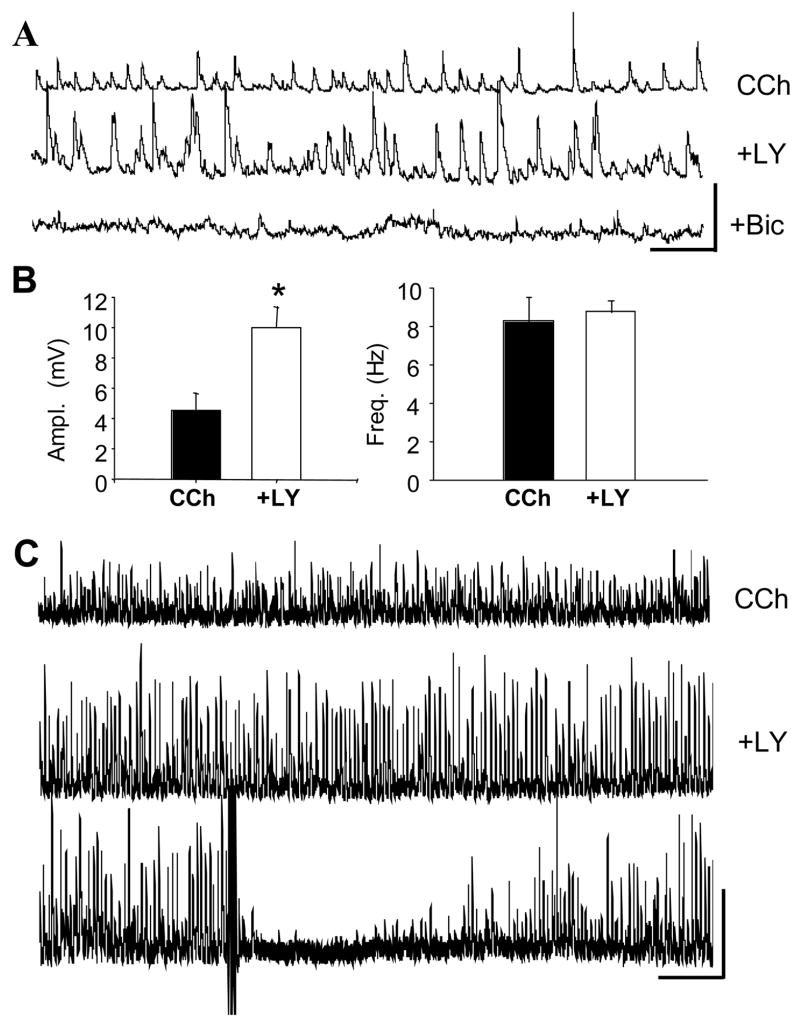Figure 7. Endogenous CCK release caused by bath-applied CCh.
A) Representative traces of CCh-sIPSPs (top) and their increase by LY225910, 2 μM (middle). Subsequent addition of bicuculline methochloride (bottom) abolishes all activity, confirming the large events were CCh-sIPSPs. Calib. = 10 mV, 1 sec. B) Group data (n=5) showing that LY225910 significantly (p<0.001) increases the mean CCh-sIPSP amplitudes without changing sIPSP frequency. C) The CCh-sIPSPs that are enhanced by LY225910 are susceptible to DSI. Top trace is in CCh, middle and bottom traces are in CCh plus LY225920 (30-sec traces). Three theta-burst trains of action potentials were given at the point shown by the upward arrow. Marked suppression of sIPSPs reflects DSI. Calib. = 10 mV, 3 sec.

